Adam Didur
an artist, a teacher, a human being
He dreamt
... about standing on the stage of the Metropolitan Opera in New York. And his dreams were followed by ambition and industriousness, incredible devotion and of course his talent. Plus a little bit of luck. This dream came true as did many other dreams he had. When on 20th April 1908 Adam Didur signed a year-long contract with Giulio Gatti-Casazza for performances in the Metropolitan Opera House, he probably did not suspect that the contract would be renewed and would connect his to that stage for almost 25 years.
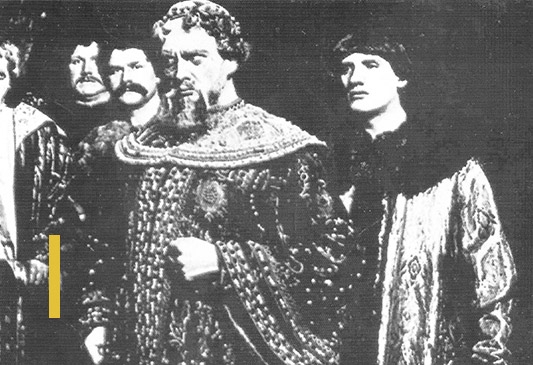
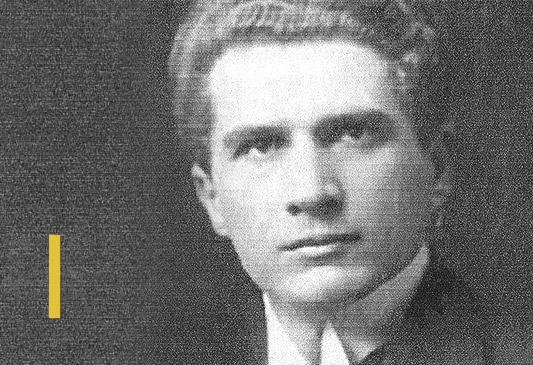
He was born
... on Christmas Eve, 24th December 1873, in a forester’s lodge of the Wola Sękowa estate, near Sanok. Since the very day, Didur’s descent and the date of birth were ambiguous. He was not born to a full family, as his mother Wincenta Jasińska, was an unmarried, 25-year old daughter of the forester. The future singer’s biological father was the owner of the Wola Sękowa estate - Jakub Wiktor, a noble man using the Brochowicz coat of arms. Although he was not indifferent to his illegitimate son, he did not marry Adam’s mother. She got married, though, when her son was just three years old, to a local organist and teacher - Antoni Didur.
The secret of the birth certificate
... was revealed thanks to the endeavours of Mary Didur-Załuska. Antoni Didur adopted Adam, yet the documents show that it happened only when the boy was baptised in the local parish in Stryj, in January 1885, when Adam was 11 years old. We know this thanks to the birth certificate revealed ca. 90 years later by Mary Didur-Załuska. Wacław Panek, an author of a book about Didur writes: "In the Museum of Theatre I had a chance to inspect Adam Didur’s passport issued in New York by a Polish consul on 6th October 1936. His date of birth included year only: 1874! It means that at the age of over 60, the artist did not know the true date of his birth.“
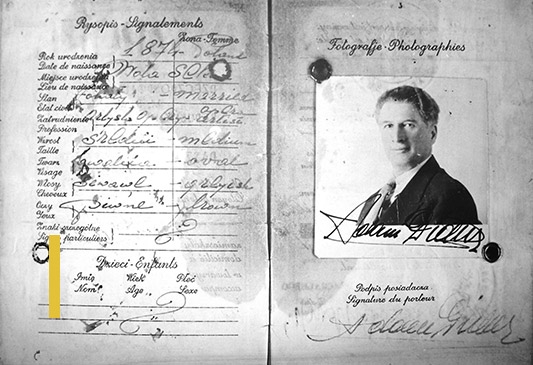
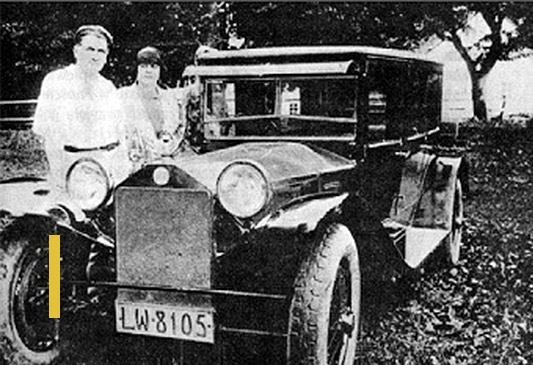
He was married
... twice. His first wife was Angela Aranda-Arelano (1874–1928), a Mexican singer originally from Spain. They married in 1895. His other wife was a French dancer Marguerite Vignon whom he married in 1929 (the relationship lasted a few years only).
He had five daughters, three of whom
... became singers. On 16th April 1926, Adam Didur and his three daughters performed in "Faust” in Lviv. The other two daughters died in their childhood. All of them came from his marriage to his first wife.
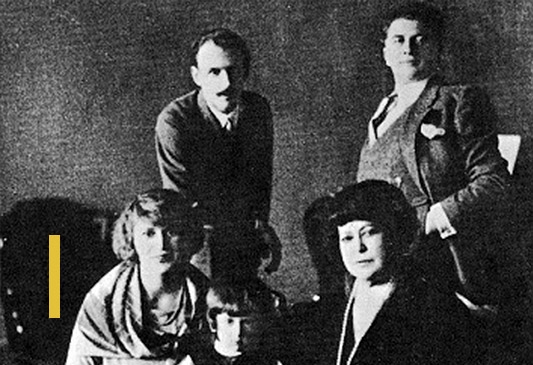
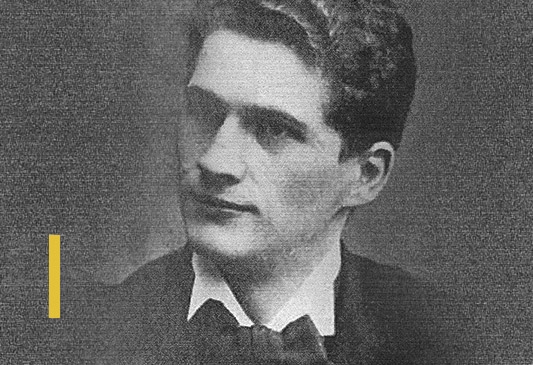
His first serious contact with music was in
... Lviv. He studies at the Teacher’s Seminar and was a member of a students’ choir of the Jan Kazimierz University. While singing in the choir he attracted the attention of prof. Dreżopolski and with his help Didur was referred to Walery Wysocki. He could not have done better, as professor Wysocki was a celebrity soloist of the Milan’s La Scala and other Italian opera theatres and was famous for being an excellent tutor and for using his own original method of teaching singing, a method which was known world-wide. Adam Didur was his student for two years.
Going to Milan
... was possible thanks to a Lviv post office clerk and music lover signing in the “Lutnia” choir. Jan Rasp decided to pay for the education of the young artist. Didur never forgot that - after many years when he was a well-off person, he bought a small estate near Sanok for his former benefactor.
Before going to Italy
... he probably had already had his début in Lviv. His first public concert and his début as a soloist probably took place on 24th March 1893 during a “GTM Soiree Concert“. A year later, on 17th March 1894, “Echo Muzyczne, Teatralne i Artystyczne” magazine informed that Adam Münchheimer’s Mass was performed in a church. The list of artists included Adam Didur.
After a few months and after learning with Francesco Emerich, a tenor singer
... Didur debuted on the opera stage. It happened 40 km away from Turin, in Pinerolo, where he sang in Verdi’s “The Force of Destiny” the part of Father Superior; among other singers was his future wife Angela Aranda Arellano.
His career was developing dynamically and after the Italian tournée
... he performed in operas in Alexandria and Cairo, where he successfully sang in Verdi’s “Aida” and Meyerbeer’s “Les Hugenots”.
La Scala opened its door
... quite quickly. After his performance of the 9th Symphony by Ludwig van Beethoven during a concert in Teatro alla Scala in Milan (conducted by Charles Lamoureux), in 1895 he was employed by the Milan opera house. In the artistic season 1898/99 he also performed on the stage of the Victor Emmanuel Theatre in Messina.
After four seasons with La Scala
... on 1st October 1899 Adam Didur began working for Teatr Wielki in Warsaw, where he sang for 4 years. His repertoire included Moniuszko’s operas: “Halka”, “The Haunted Manor” (during the New Year’s Eve of 1899) and “Verbum Mobile”, Gounod’s “Faust”, Arrigo Boito’s “Mefistofele”, Meyerbeer’s “Les Hugenots” and Verdi’s “Aida”.
He spent the following years on the stage
...of La Scala. He sang i.a. in Wagner’s“The Rheingold”, Verdi’s “Rigoletto”. On 14th November 1908 he debuted with the leading part in Arrigo Boito’s “Mefistofele” on the stage of the Manhattan Opera in New York.
He devoted himself to teaching
... from the 1930s onwards. He was a professor of opera class in the Karol Szymanowski Conservatoire in Lviv; he also ran an opera school. After WWII he was a dean of Vocal Faculty of the Musical Conservatoire in Katowice.
Adam Didur was an actor
... in 1936 he played the part of Jerzy Gil in a Polish movie “Amerykańska awantura” (screenplay by: Światopełk Karpiński, directed by: Ryszard Ordyński).
Director of opera theatres
... in 1939 he was nominated for the director of Teatr Wielki in Warsaw, unfortunately the outbreak of the WWII thwarted his plans. Earlier, in season 1938/39, he was an artistic manager of the opera staghione at the Municipal Theatre in Lviv. On 14th June 1945 he managed to stage the first opera in the post-war Poland and created a professional ensemble in Katowice. The première of Moniuszko’s “Halka” marked the beginning of the history of the Silesian Opera.
He was friends with
... Jan Kiepura. We know about it from Didur’s daughter who mentioned it. His biggest rival in the opera bass world was Fiodor Szalapin.
He sang 101 parts
... on opera stages. His last part was in Moniuszko’s “Halka” in 1945. He participated in 6 world premières and he sang in 17 American premières in the Metropolitan Opera House.
"Keep on singing, do not stop
... were allegedly one of his last words. He is said to utter those words when he collapsed during a signing class in the Musical Conservatoire in Katowice, now the Academy of Music. He died of heart attack on 7th January 1946. He is buried on the cemetery in Francuska Street in Katowice.
Data collected on the basis of Wacław Panek’s book : Adam Didur i wokaliści polscy na scenach operowych świata przełomu XIX/XX wieku. Studium muzykologiczno-biografistyczne". (“Adam Didur and Polish Singers on the World Opera Stages at the Turn of 19th and 20th Centuries. A Musicological and Biographical Study.”) Published by: Wydawnictwo Polskie w Wołominie, first edition 2010
